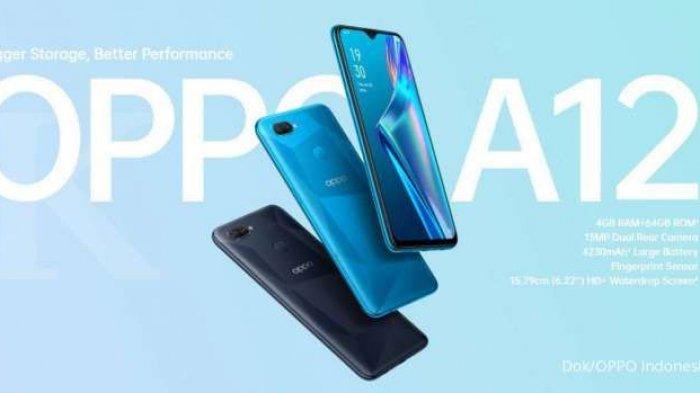The Groß-Gerau vocational schools are recognized as a digital school by the “MINT – Creating the Future” initiative.
A look into a tablet class at the Groß-Gerau vocational school, which has been recognized as a digital school.
(Photo: Gruen / Berufliche SchulenGG)
GROß-GERAU – The important role that innovative digitality plays in the German education system became clear at the latest due to the corona pandemic. In order to motivate schools to further expand their digital profile, the “MINT – Creating the Future” initiative has launched the “Digital School” award. Under the patronage of the Minister of State for Digitization, Dorothee Bär, 19 schools from Hessen were awarded this title in an online event at the end of October, including the Gross-Gerau vocational schools (BSGG).
“As vocational schools, we have the task of preparing our students for the professional world, in which digitization is indispensable,” agree school director Martin Gonnermann, educational director Sylvia Mazurek and director of studies Sabine Kämpf. “Digitization does not only mean equipping the students with hardware, but also using things sensibly and teaching them how to handle them critically,” says Kämpf. The BSGG have set “Education in the digital world” as a focus in their school program and set themselves the goal of achieving uniform digital equipment for all teachers and students.
Due to the lockdown in March, people learned more digitally and were prepared for another lockdown with the provision of 220 tablets as part of the Corona immediate equipping program.


